To establish Singapore as a powerhouse in photonics and optics research, NTU today launched The Photonics Institute, one of the most advanced institutes in the field today.
Oct 31st, 2014
Read more
A new study suggests that single-wall carbon nanotubes can be used as a framework with similar affinity and transport properties as protein channels.
Oct 31st, 2014
Read more
 Multifunctional materials made by weaving highly conductive tungsten-on-Kevlar yarns.
Multifunctional materials made by weaving highly conductive tungsten-on-Kevlar yarns.
Oct 31st, 2014
Read more
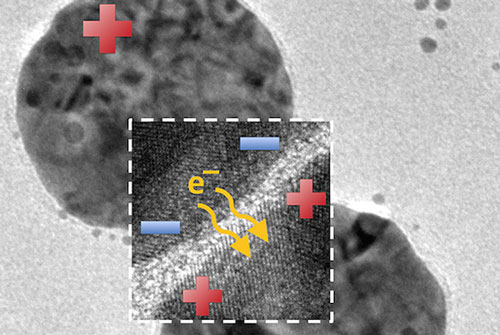 New research has unlocked the secrets of efficiency in nanomaterials, that is, materials with very tiny particles, which will improve the future development of chemical sensors used in chemical and engineering industries.
New research has unlocked the secrets of efficiency in nanomaterials, that is, materials with very tiny particles, which will improve the future development of chemical sensors used in chemical and engineering industries.
Oct 31st, 2014
Read more
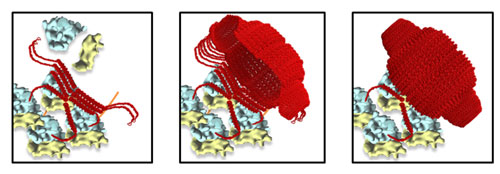 Researchers discover that a well-known cellular structure orchestrates how vault nanoparticles naturally form in cells.
Researchers discover that a well-known cellular structure orchestrates how vault nanoparticles naturally form in cells.
Oct 31st, 2014
Read more
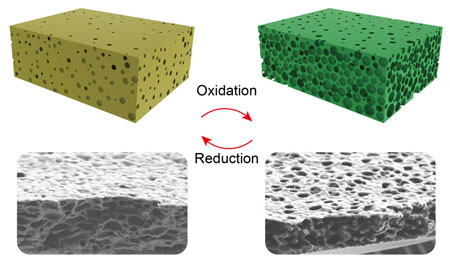 The 'Swiss cheese' structure is characteristic of many polymer membranes and is now modified by introducing iron within the polymer. Using an electric signal or a chemical reaction, the pore size can be adjusted. The key to this is controlled adding or extracting of electrons to and from iron.
The 'Swiss cheese' structure is characteristic of many polymer membranes and is now modified by introducing iron within the polymer. Using an electric signal or a chemical reaction, the pore size can be adjusted. The key to this is controlled adding or extracting of electrons to and from iron.
Oct 31st, 2014
Read more
Researchers say that by using nanotechnology, they have improved how a peptide can be delivered to the diseased heart tissue of mice.
Oct 31st, 2014
Read more
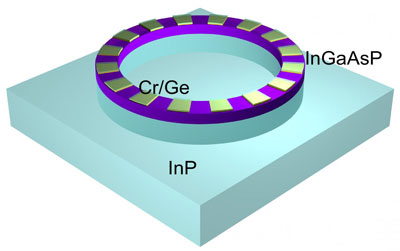 Researchers report significant breakthrough in microring laser cavities.
Researchers report significant breakthrough in microring laser cavities.
Oct 30th, 2014
Read more
Nanoparticles designed to adhere to and light up cancer cells have reached a major milestone in their bench-to-bedside journey. A first clinical trial of these ultrasmall, multifunctional particles has deemed them safe for humans and cleared easily by the body.
Oct 30th, 2014
Read more
 The Nanotechnology Industries Association (NIA) will be hosting a symposium, entitled 'Expert Analysis on Nano-Regulation and Policy: Staying Ahead of the Curve', on 19 Nov 2014 in Brussels, Belgium.
The Nanotechnology Industries Association (NIA) will be hosting a symposium, entitled 'Expert Analysis on Nano-Regulation and Policy: Staying Ahead of the Curve', on 19 Nov 2014 in Brussels, Belgium.
Oct 30th, 2014
Read more
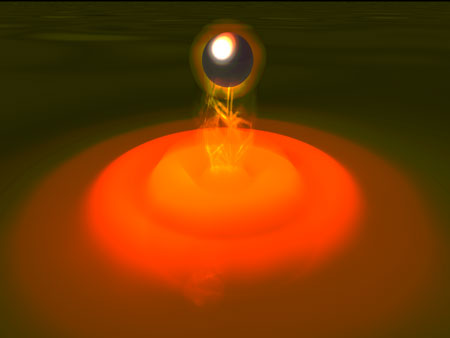 Researchers control interplay of light and matter at the level of individual photons emitted by rubidium.
Researchers control interplay of light and matter at the level of individual photons emitted by rubidium.
Oct 30th, 2014
Read more
A Google project to develop nanoparticles that can detect cancer cells inside the body is a useful contribution but faces important hurdles, experts said on Wednesday.
Oct 29th, 2014
Read more
 Researchers have created a new kind of ion channel consisting of short carbon nanotubes, which can be inserted into synthetic bilayers and live cell membranes to form tiny pores that transport water, protons, small ions and DNA.
Researchers have created a new kind of ion channel consisting of short carbon nanotubes, which can be inserted into synthetic bilayers and live cell membranes to form tiny pores that transport water, protons, small ions and DNA.
Oct 29th, 2014
Read more
Researchers in Spain have published a series of works developing robust nanoparticles based on coordination polymers for application on theranostics.
Oct 29th, 2014
Read more
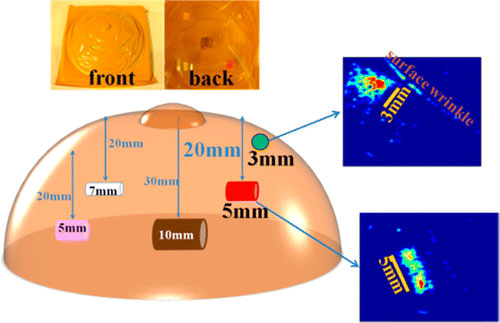 For detecting cancer, manual breast exams seem low-tech compared to other methods such as MRI. But scientists are now developing an 'electronic skin' that 'feels' and images small lumps that fingers can miss. Knowing the size and shape of a lump could allow for earlier identification of breast cancer, which could save lives.
For detecting cancer, manual breast exams seem low-tech compared to other methods such as MRI. But scientists are now developing an 'electronic skin' that 'feels' and images small lumps that fingers can miss. Knowing the size and shape of a lump could allow for earlier identification of breast cancer, which could save lives.
Oct 29th, 2014
Read more
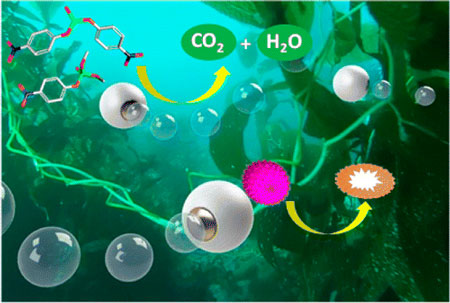 With fears growing over chemical and biological weapons falling into the wrong hands, scientists are developing microrockets to fight back against these dangerous agents, should the need arise. In a new paper, they describe new spherical micromotors that rapidly neutralize chemical and biological agents and use water as fuel.
With fears growing over chemical and biological weapons falling into the wrong hands, scientists are developing microrockets to fight back against these dangerous agents, should the need arise. In a new paper, they describe new spherical micromotors that rapidly neutralize chemical and biological agents and use water as fuel.
Oct 29th, 2014
Read more











 Subscribe to our Nanotechnology News feed
Subscribe to our Nanotechnology News feed